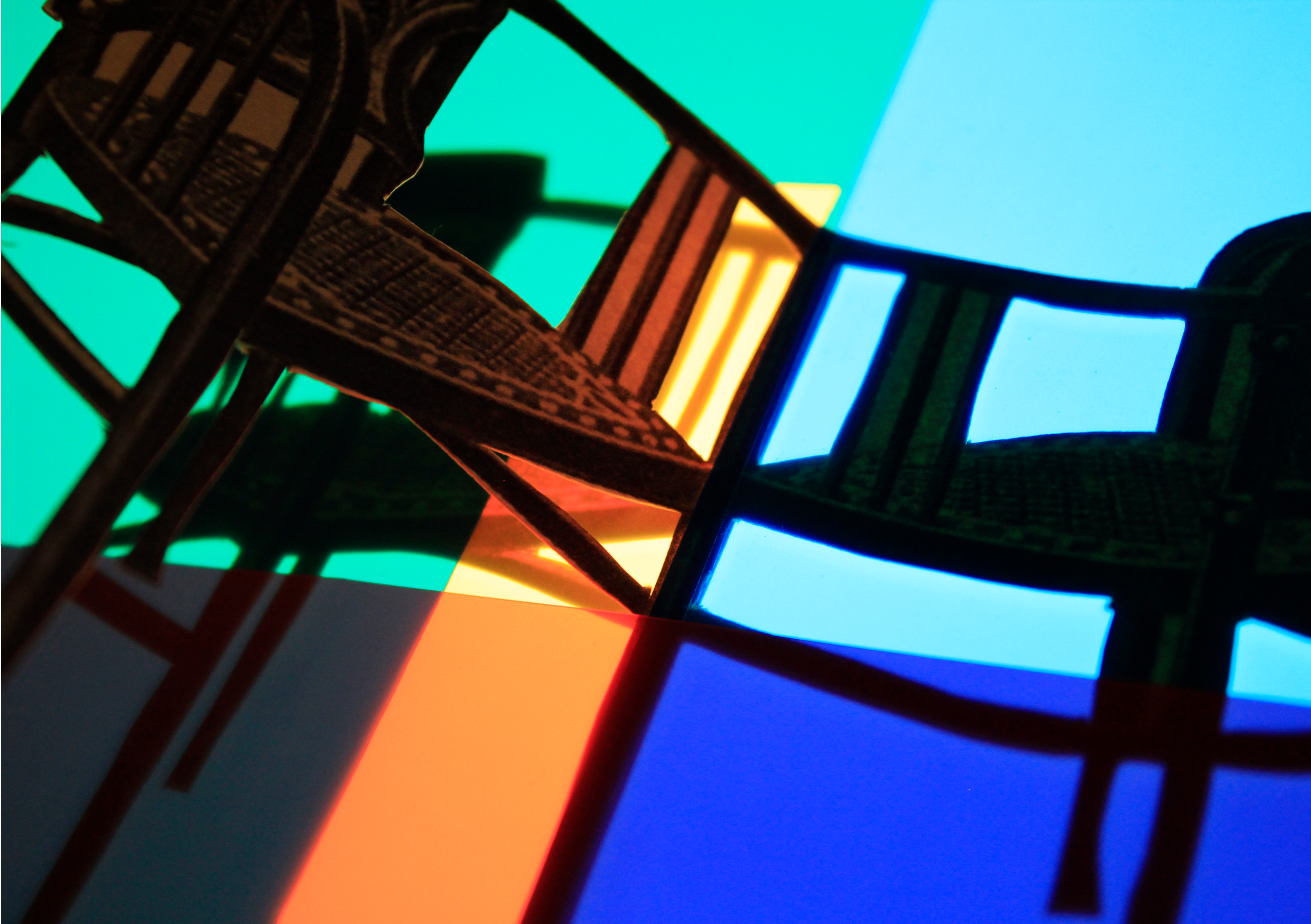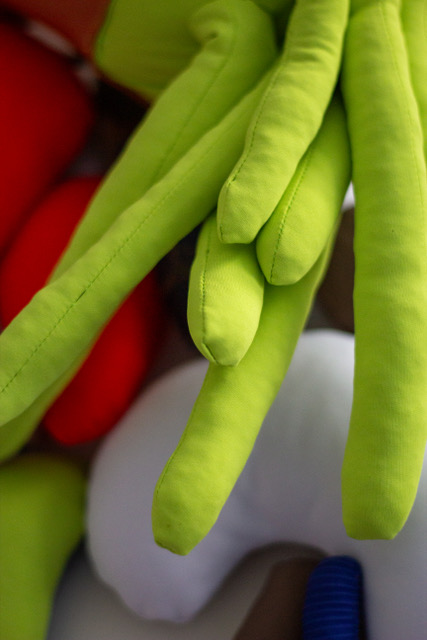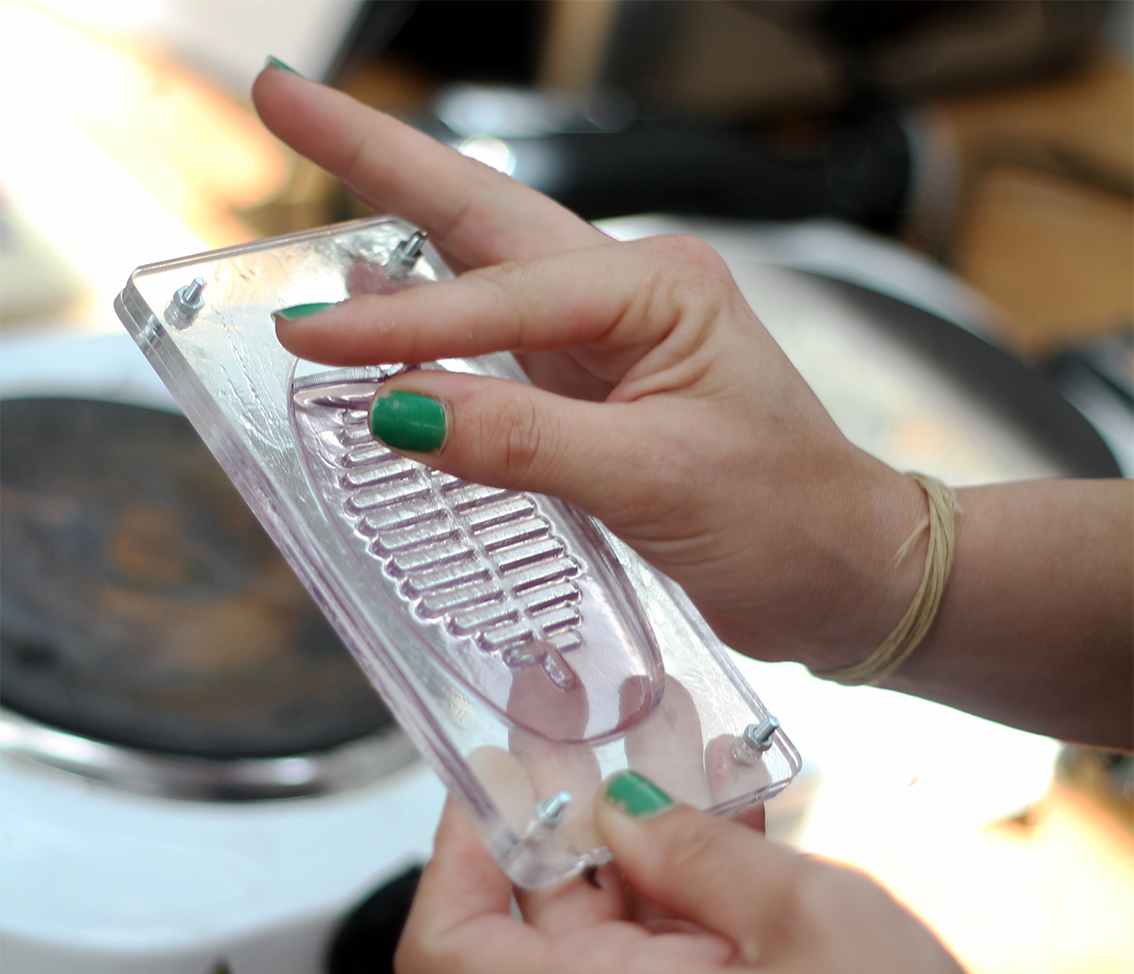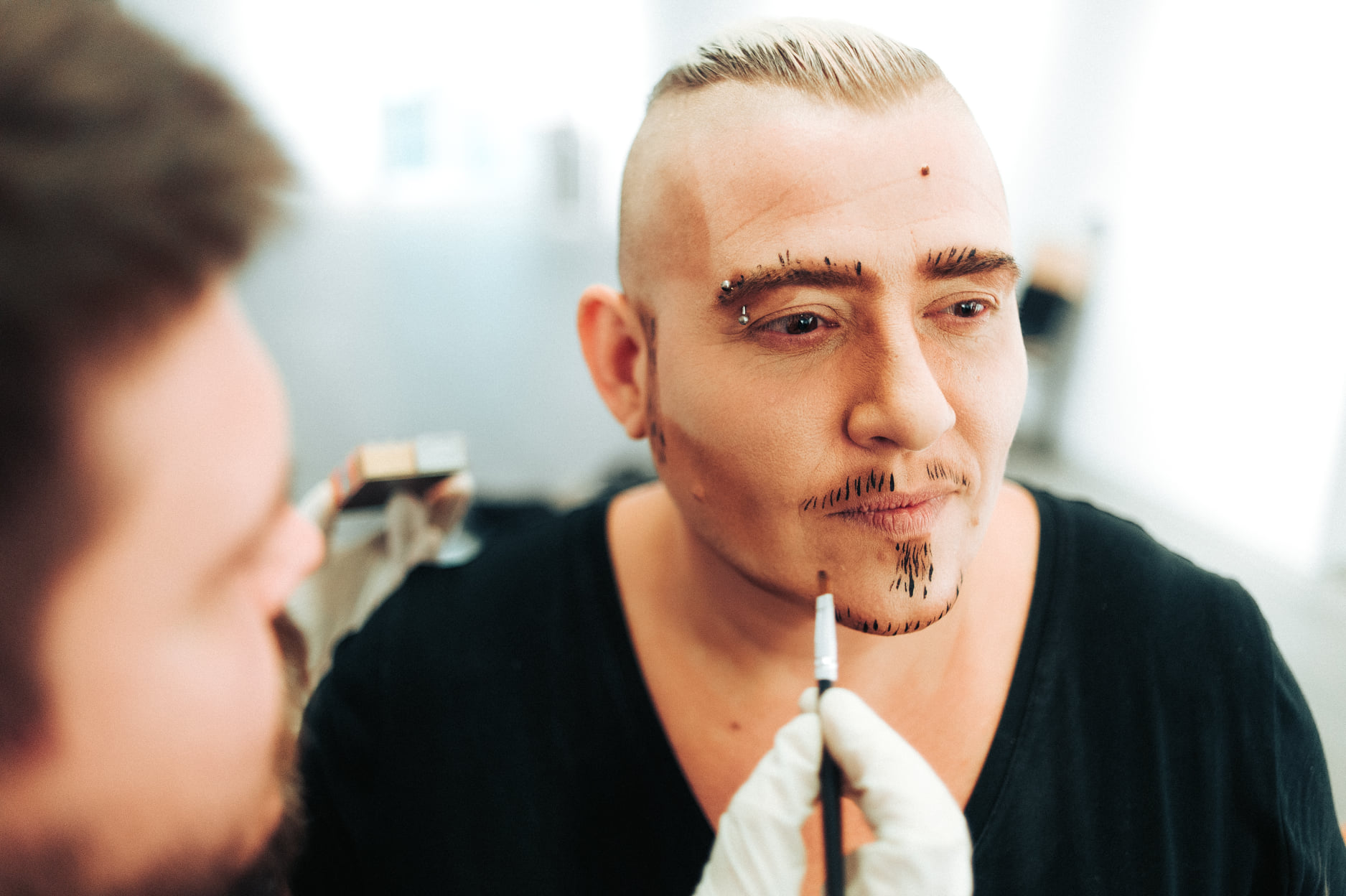Author: admin
-

MÛ au quotidien
By Ingrid Cogne 30.05. – 13.6.2025 Vernissage: 30.5.2025, 19 – 22 h (during the Independent Space Index Festival) Finissage: 13.6.2025, 19 – 22 h Festival opening hours: May 30, May 31, June 1, from 14 – 18 h Additional opening hours: June 5, June 6, June 7, June 12, from 15 – 18 h For…











